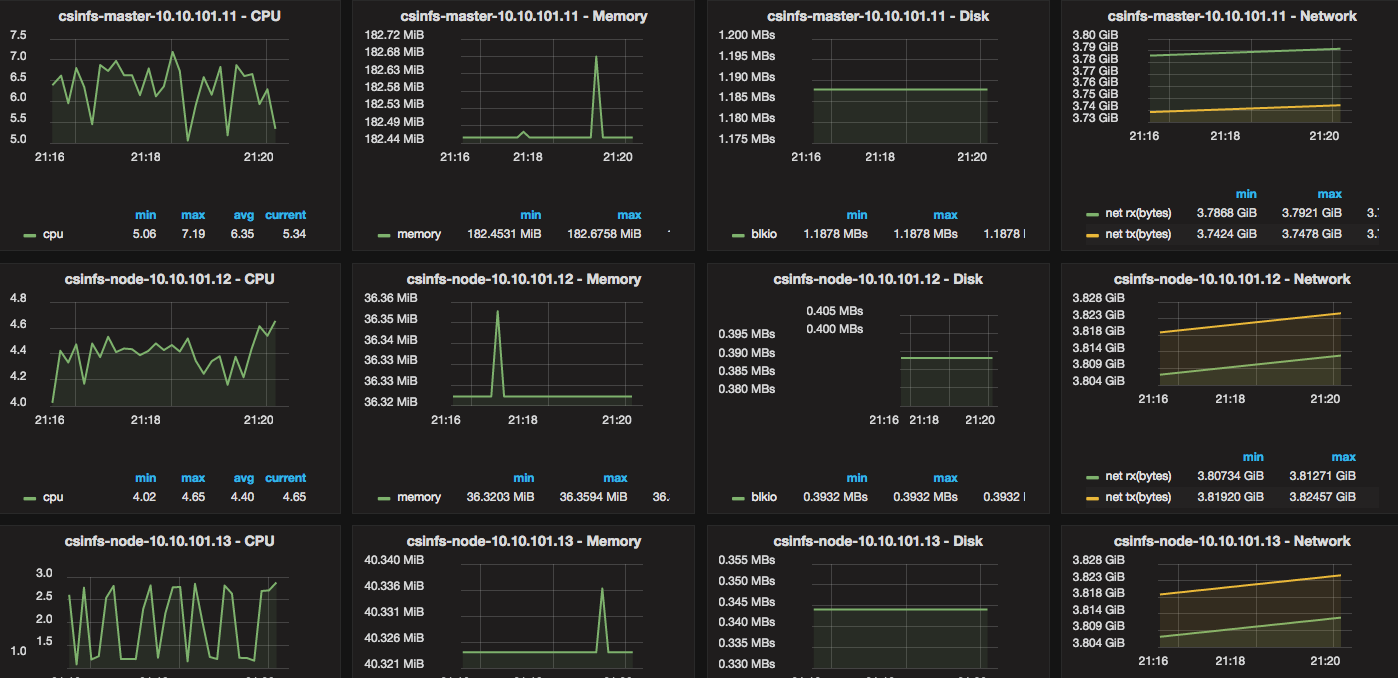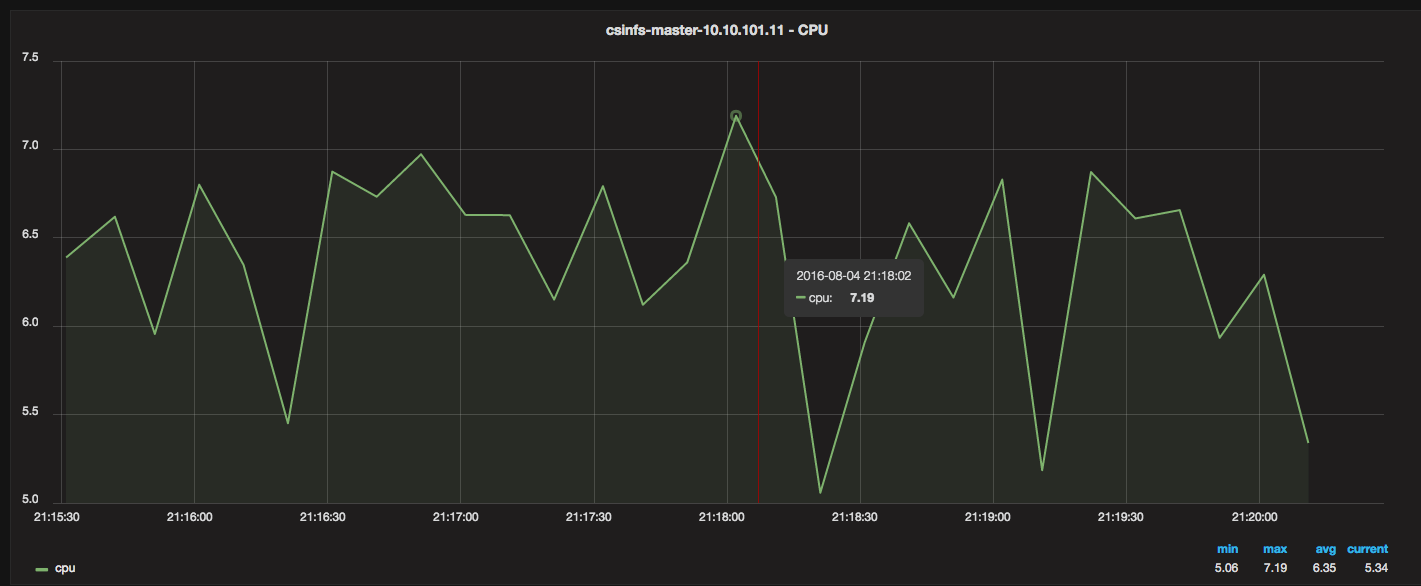NOTE: Updated code 10-27-2018
In this day and age where everything is measured, recorded, and available remotely (via a REST API most of the time!), it really bothered me that our heating oil tank measured the remaining gallons of oil by a crude plastic dip stick. It’s not accurate, there is no historical data, and there is no way to audit (for honesty, accuracy, or problems/errors).
So the problem is simple enough: Find a quick and easy way to remotely monitor the number of gallons of heating oil in a home, and alert at pre-set intervals (let’s say 75%, 50%, and 25%) of remaining oil in the tank.
After looking for commercial solutions, the cheapest one I found is $120 with a $10/year fee. In my view, that’s simply ridiculous. I decided that I could build something better for 1/3rd of the price ($40), without an yearly fee.
Hardware How-To
Start with this Instructable I created with the exact parts/steps, and with lots of pictures:
https://www.instructables.com/id/Monitor-Heating-Oil-Tank-Gallons-With-Email-SMS-an/
This should take care of the hardware side.
Continue Reading →DIY – Monitor Heating Oil Tank Gallons with Pushbullet, SMS, and Email Alerting

